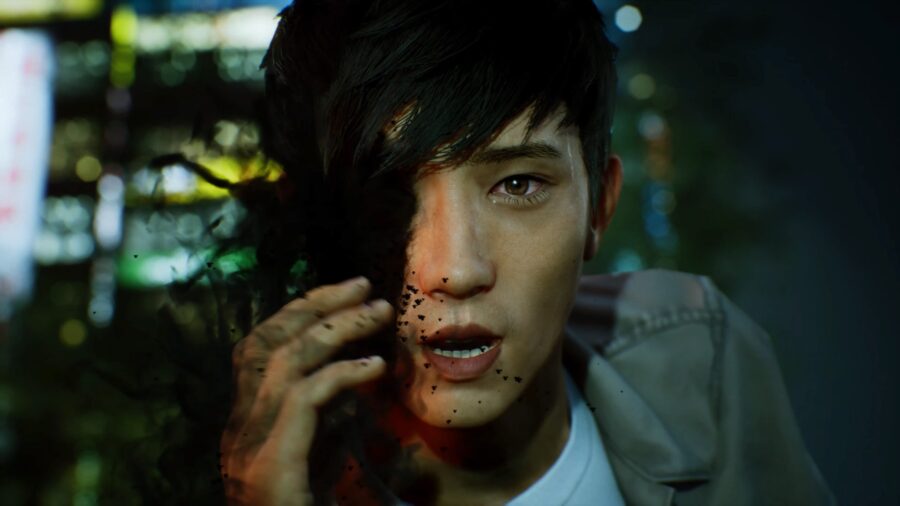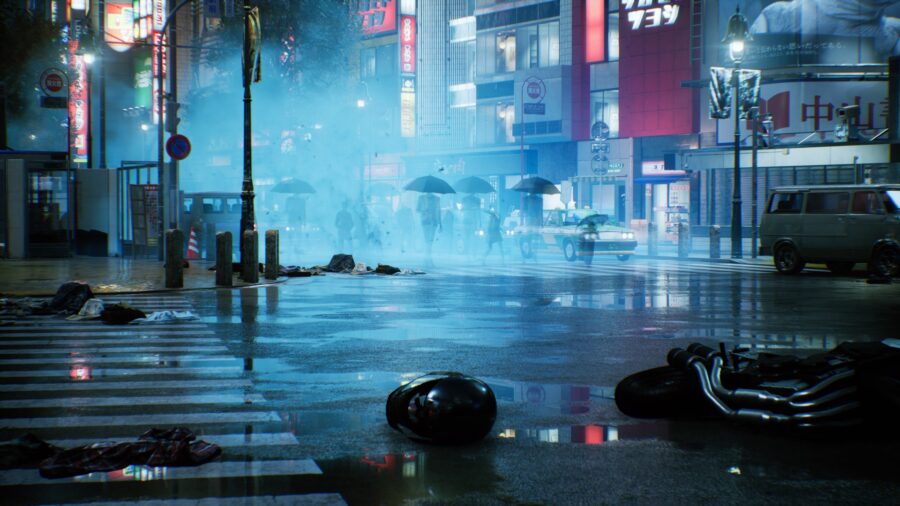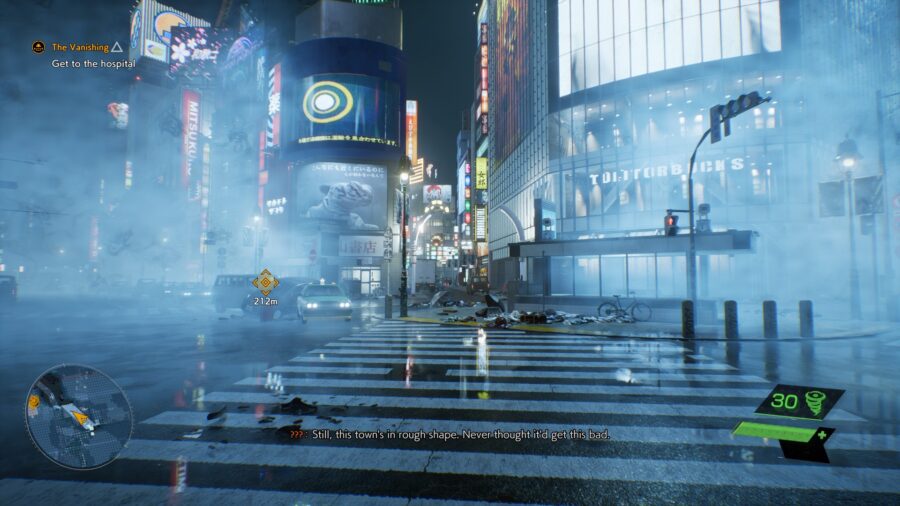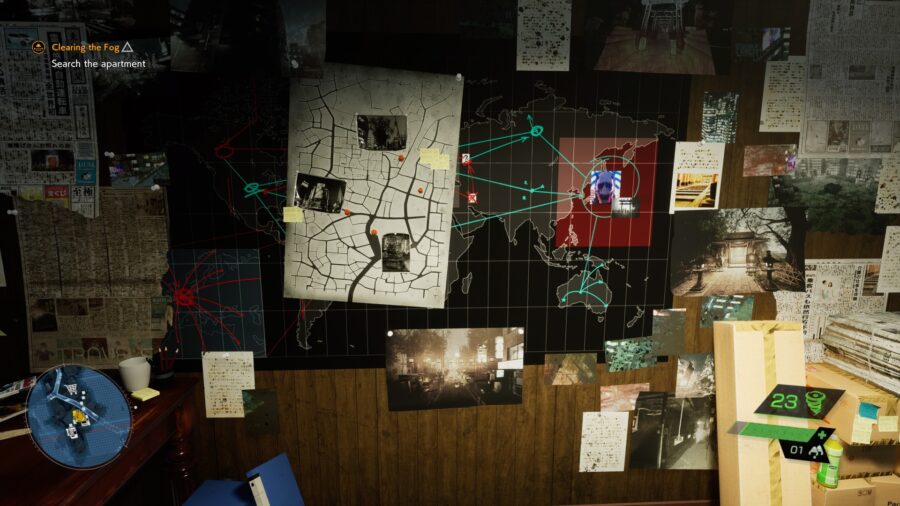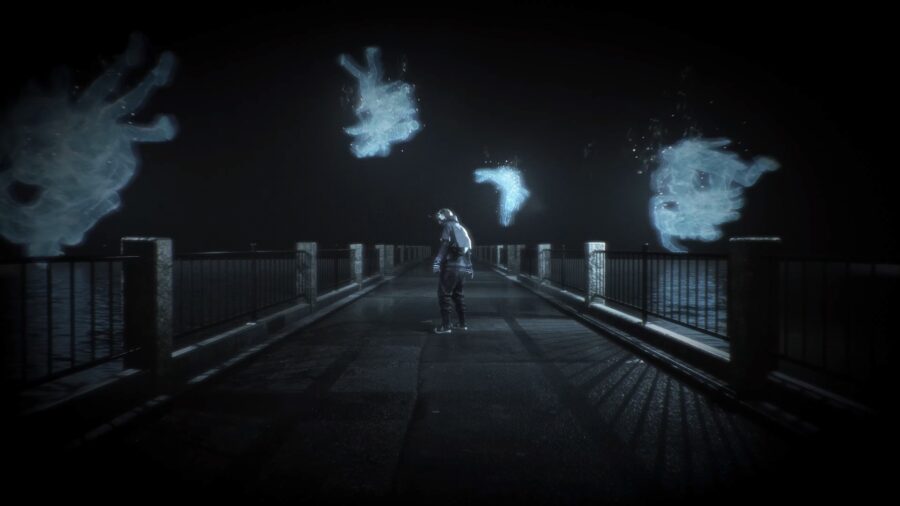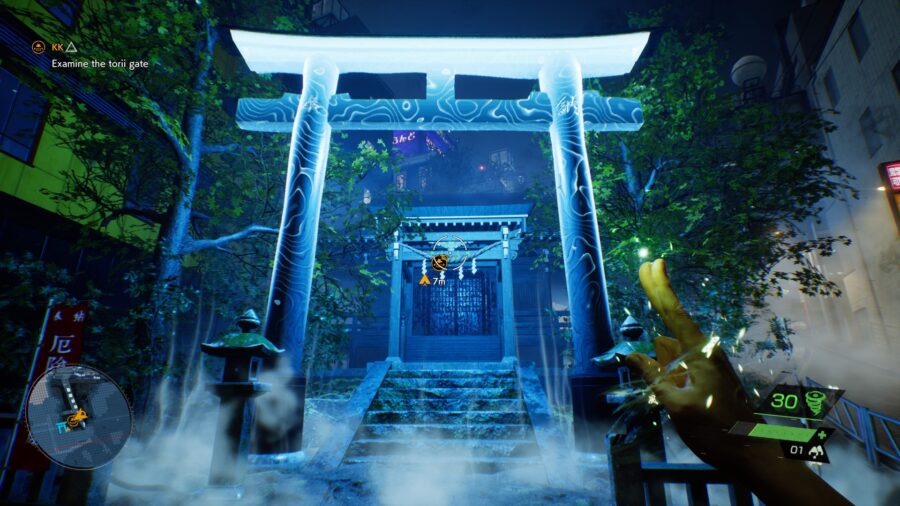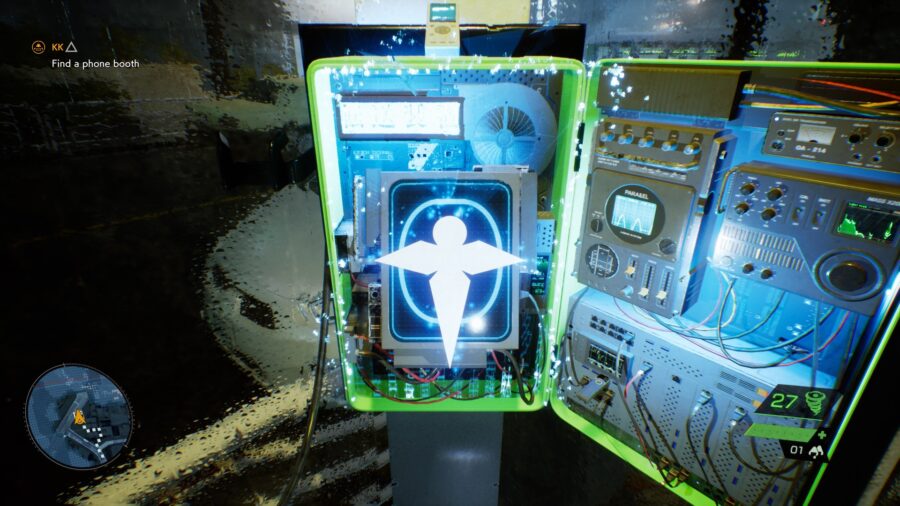When we rounded up noteworthy gaming titles releasing in March 2022, one of them was Ghostwire: Tokyo.
The Tango Gameworks developed title, which is available on the PS5 console and Windows PC, ticked many of the boxes we look for in a game – unique story, first-person mechanics and set in a neon lit metropolis.
As such, expectations were high for this game, which we have been playing on the PlayStation 5.
So does it live up to the billing?
Well at the risk of sitting on the fence, the answer is yes and no, with Ghostwire: Tokyo excelling in several areas and proving rather middling in others. While it does not stand out in a year that has already produced a handful of Game of the Year (GotY) contenders, this title does warrant further exploration.
Here’s what our time with it yielded.
Neo Edo
We start with the setting. There is a bit of a trope when it comes to Japan, where most travel shows that focus on the country often kick things off in the middle of a bustling Shibuya, as the iconic Tokyo crosswalk is where the presenter starts rattling off numbers and statistics about the country.
To be fair, Shibuya crossing is something to behold and experience in person, but for Ghostwire: Tokyo it looks to subvert expectations. It immediately thrusts you into a highly peculiar situation and showcases from the outset that things are not as they seem.
The city is being overrun by a mysterious fog that turns residents into floating spectral spirits with their clothes the only remnants of what was.
As such, we’re given a very The Leftovers meets Death Stranding vibe. In fact, the first few cutscenes play out like the opening stanza of anime series and the premise we see here would be quite fitting if adapted into one.
Okay, with our pitch out of the way, our protagonist is Akito Izuki, or read conversely if you want to stick to the true Japanese naming convention.
We met him on the precipice of death following a fatal car crash, but before he can cross over to the other side, a spirit called KK inhabits his body. This not only breathes new life into Akito, but also gives him spiritual weaving powers and the ability to survive in this now empty metropolis.
We say empty, but this interpretation of Tokyo is now inhabited by spirits called Visitors. The majority you encounter in the game look like shorter versions of Slenderman, with headless schoolgirls also present. For the most part they go about their business, wandering a little aimlessly and trapping spirits for further extraction, but we’ll touch on the combat shortly.
As for the protagonist, the man in the Hannya Mask is pulling the strings here, with his three maskless followers being the mini-bosses who have to tangle with.
As an enemy, Hannya seems quite disinterested in Akito and more intrigued with KK, who seemingly poses more of a threat given the aforementioned weaving powers and network of operatives he was working alongside before being turned into a spirit.
If we’re honest, the story of Hannya is not all that spectacular as it follows many of the beats you encounter with videogame villains these days.
Instead it is the back stories of Akito and KK that are far more interesting, as both are seemingly trying to repent for terrible things they have convinced themselves they are responsible for. Added to this is the tension between the two, as hesitant co-operation turns into loyal teamwork as the game progresses.
Steeped in lore
As for where Ghostwire: Tokyo shines, its world building is stellar. Not to sound like that guy, but having visited Tokyo ourselves, the accuracy is near uncanny, as you visit landmarks in the city like the Tokyo Tower.
This is juxtaposed to areas of the city that are dilapidated and run down, along with pockets of greenery, which mimic the real Tokyo. It therefore serves as a surreal urban sprawl to walk through, with the threat of encounters with Visitors behind every corner, not to mention the fog which can still kill you if not heeded.
As such, this game works best when you are exploring, as cramped and dark alleyways, abandoned konbini and rain soaked, neon lit streets all add to an engrossing atmosphere.
To add to this exploration, as well as save the city from Hannya and his spirit goons, you need to cleanse Tori gates throughout the city. Once you have done with and a particular prefecture is fully cleansed, nearby side missions and areas of interest begin to populate the map. So for completionists out there, Ghostwire should serve up plenty of endgame content.
That said, given the dire situation laid out in the main mission of the game, using your precious time to give a trapped spirit toilet paper (yes, that’s a real mission) can sometimes feel like a distraction.
It reminds us very much of Horizon Forbidden West in that regard, with the other things to do in the game often overshadowing the main objectives.
Sure, it’s great to get lost in the city, but perhaps not when you’re trying to save it?
As for the gameplay, elements are mixed here. Visually it is a fresh take on the first-person combat, with the ninjistu-esque hand gestures for weaving, attack combos and cleaning Visitors make for an engaging on-screen experience.
That said, it can start to feel labourious quite quickly, especially as you start spamming the same attacks as you have not opened up additional options in your skill tree. There is also a distinct lack of options when engaging an enemy, with a stealth take down or head on weaving free-for-all being the only real options.
We would have therefore appreciated some nuance in this regard, especially if the gameplay is going to keep us engaged.
Final verdict
Visually Ghostwire: Tokyo serves up as rich a palette as you can find, delivering one of the best recreations of the Japanese metropolis as we have seen to date.
In terms of sheer exploration factor, this game warrants playing alone. Added to this is an interesting take on the reluctant parasite-host relationship we have seen play out in other media.
That said, the one area, and a crucial one at that, that the game falls a little flat is its relatively simple and uninteresting fight gameplay, which begins to lose its lustre fairly quickly.
When you take that fact that this game costs R1 249 on the PS5 (at the time of writing) into account, even the most hardened of otaku may want to hold off until that price drops a bit before buying.
FULL DISCLOSURE – GHOSTWIRE: TOKYO WAS REVIEWED ON THE PS5 WITH A CODE PROVIDED BY THE LOCAL DISTRIBUTOR OF PLAYSTATION IN SA.


